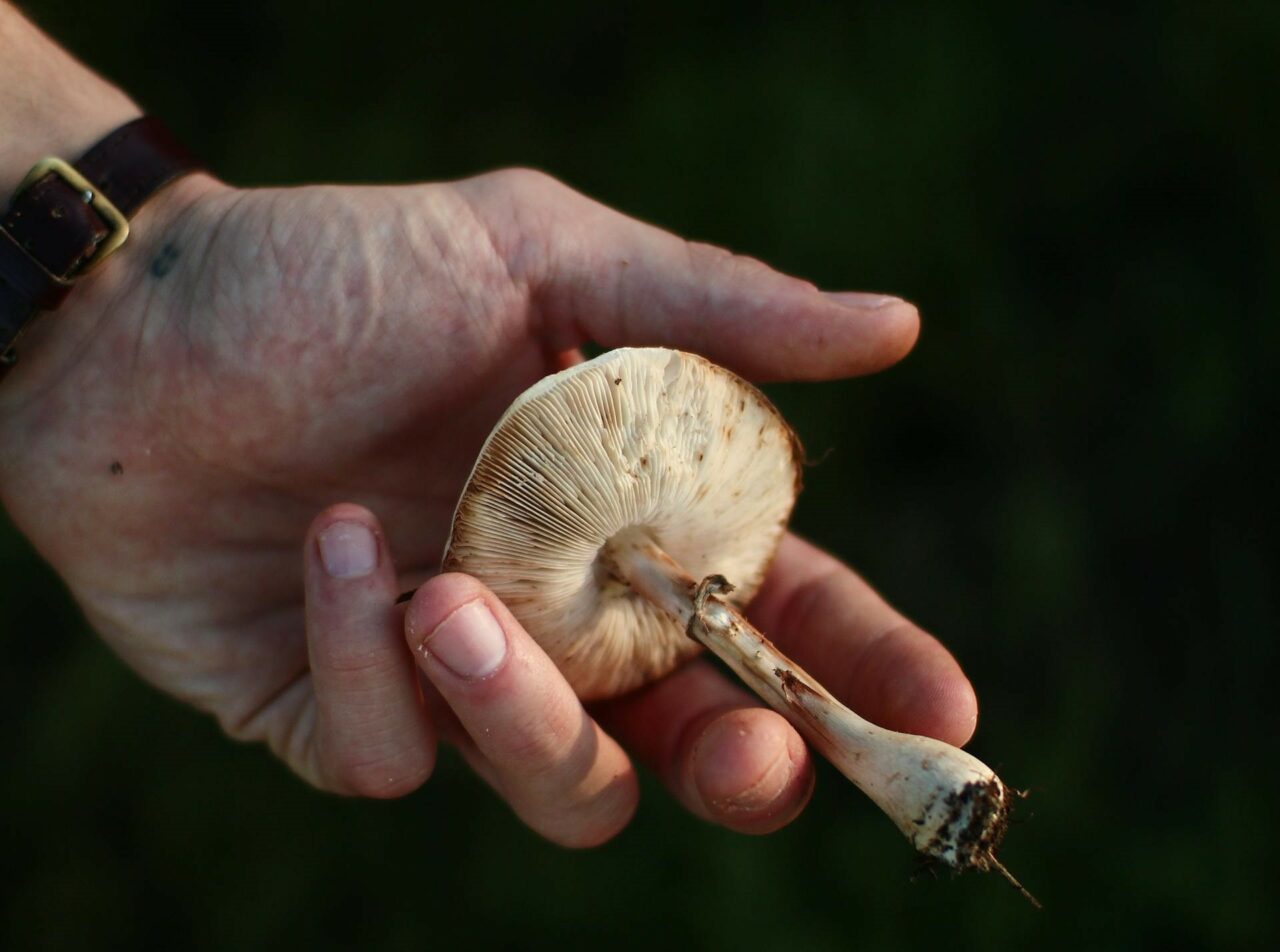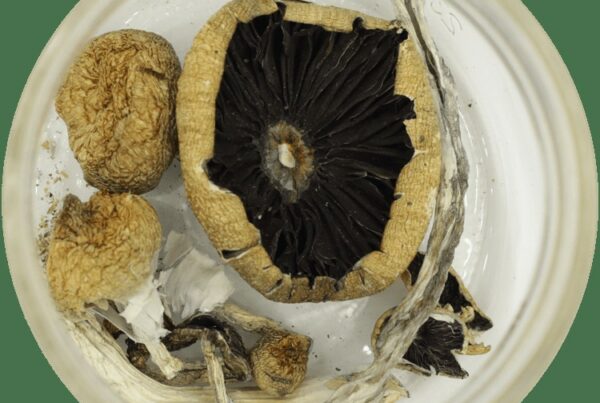Psilocybin mushrooms, a traditional psychedelic similar to LSD due to its role as a serotonin 5-HT2A receptor agonist, are currently under investigation for their potential role in psilocybin-facilitated therapy for mental health issues. These include emotional distress linked to major depression, anxiety, cluster headaches, and migraines.
Understanding how shrooms can help with these conditions requires an exploration of their metabolism within the body. This knowledge enables both researchers and users to comprehend how the active compound brings about mental and therapeutic effects. This article offers a basic overview of the pharmacology and pharmacokinetics of psilocybin.
[toc]
Key Takeaways:
- Half of the psychedelic fungi ingested orally is absorbed and disseminated throughout the body.
- The fungi’s compound undergoes dephosphorylation via the enzyme alkaline phosphatase, mainly in the liver.
- About 3.4% of the compound is expelled in its original form within a 24-hour period, with most of it being eliminated as a stable metabolite.
What is Pharmacokinetics?
Pharmacokinetics (PK) is the study of how the body handles substances like drugs once they’re introduced into the system. It’s a different but related field to pharmacodynamics, which investigates how a compound interacts with the body. PK delves into four main areas: absorption, distribution, metabolism, and excretion (ADME).
Comprehending these processes enables healthcare professionals to prescribe the most effective medications with the least amount of risk. It also allows them to customize treatments based on each patient’s individual physiology and lifestyle.
How Does Pharmacokinetics Relate to Psilocybin?
Psilocybin and psilocin, the primary active constituents in some species of magic mushrooms, have piqued significant interest among researchers and users. Pharmacokinetics studies how the body processes mushrooms containing psilocybin, contributing to our understanding of their potential effects, be they medicinal or recreational.
These compounds are referred to by several names, including “magic,” “psychedelic,” “medicinal,” or “sacred.” The fungi containing these compounds are consumed, with The Mushroom species, their native area, size, cultivation and drying conditions, and age can all significantly influence their potency levels.
Although these mushrooms naturally grow in the wild, scientists have found ways to artificially produce them in labs. Both natural and lab-grown versions have relatively low toxicity, but minor side effects such as nausea or vomiting may occur.
Despite these physical reactions, the compounds in the mushrooms have demonstrated potential therapeutic advantages due to their safety and non-addictive properties. These potential benefits have spurred research into their application in psychotherapy, specifically for treating anxiety and depression.
The 4 Phases of Pharmacokinetics
Psilocybin, the primary compound in these mushrooms, is initially inactive and serves as a prodrug, converting into its active form, psilocin. Enzymes such as alkaline phosphatase facilitate this conversion, which allows psilocin to be absorbed and distributed throughout the body, reaching various tissues. However, after oral administration, psilocybin is not detectable in the circulatory system, feces, or urine.
Absorption
Absorption is the process by which the compound enters the bloodstream from the point of administration. This process dictates the rate and efficiency of the compound reaching its intended target, such as the plasma. The most common method of administration is oral consumption. Inhalation has been attempted, but it is not as effective as ingestion.
The absorption process also includes the release of the compound from the dosage form during oral intake. Factors such as a delay in the throat or esophagus can affect this process, potentially delaying the effects or causing discomfort. Once the compound reaches the stomach, the acidic environment may start to break it down before it enters the bloodstream.
Studies involving animals suggest that only about 50% of orally ingested psychedelics are absorbed and distributed throughout the body.
Factors Affecting the Absorption Process
A number of factors can influence the absorption process, creating variations in onset, intensity, and duration:
- Stomach Contents: Consuming the substance on a full stomach can delay the process as it hinders the onset of effects. Conversely, absorption occurs quicker on an empty stomach.





